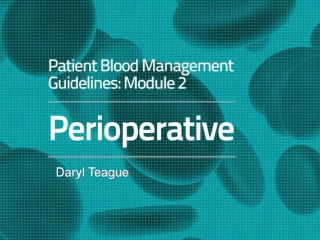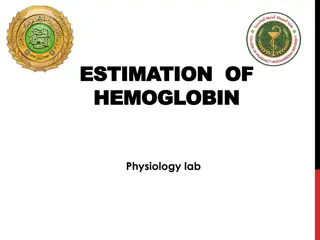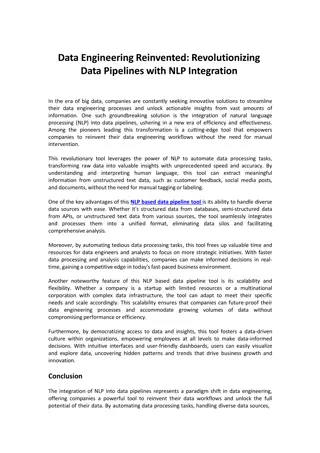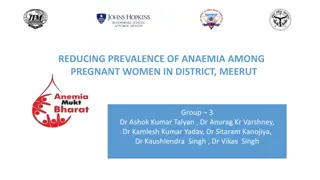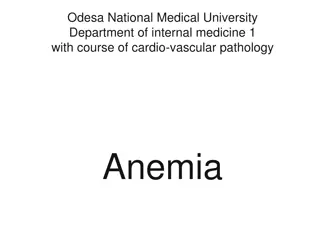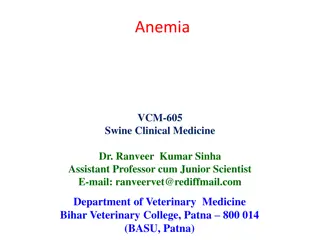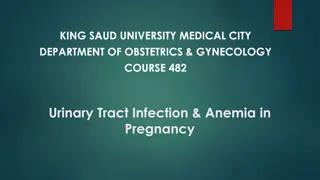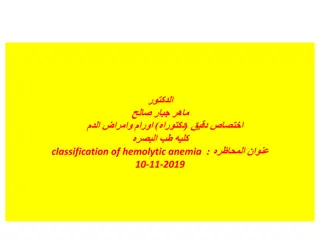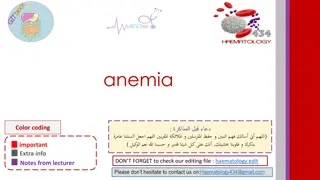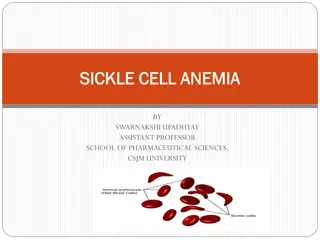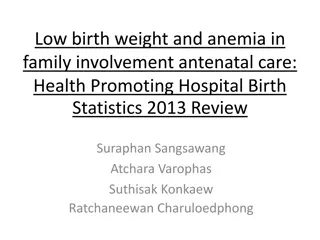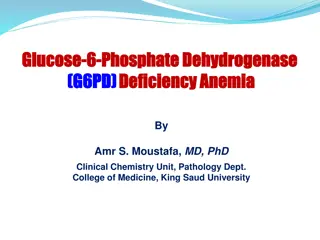District Assessment Tool for Anemia (DATA) Overview
This presentation highlights the development and purpose of the District Assessment Tool for Anemia (DATA), emphasizing its role in addressing anemia as a multi-sectoral issue at the district level. The tool aims to assist stakeholders in identifying gaps, enablers, and barriers to tackling anemia risk factors and prioritizing interventions effectively. It is designed to increase understanding about anemia, encourage data collection, and aid in the planning of targeted interventions. The audience targeted includes district-level stakeholders across various sectors such as agriculture, disease control, nutrition, reproductive health, WASH, and education. The tool provides steps for utilizing DATA, starting from reviewing the anemia situation to formulating an action plan.
Download Presentation

Please find below an Image/Link to download the presentation.
The content on the website is provided AS IS for your information and personal use only. It may not be sold, licensed, or shared on other websites without obtaining consent from the author.If you encounter any issues during the download, it is possible that the publisher has removed the file from their server.
You are allowed to download the files provided on this website for personal or commercial use, subject to the condition that they are used lawfully. All files are the property of their respective owners.
The content on the website is provided AS IS for your information and personal use only. It may not be sold, licensed, or shared on other websites without obtaining consent from the author.
E N D
Presentation Transcript
District Assessment Tool for Anemia (DATA) Overview This presentation was made possible by the American people through the U.S. Agency for International Development (USAID) under Cooperative Agreement No. AID-OAA-A-11-00031, the Strengthening Partnerships, Results, and Innovations in Nutrition Globally (SPRING) project.
Why develop DATA? Anemia is caused by multiple factors, which vary by context Anemia is a multi-sectoral issue that needs coordination between stakeholders from the various sectors. Decision-making in public health programming is decentralized to the district level. Slide 2
Why develop DATA? A district level tool: Acknowledges the importance of contextual factors Identifies the gaps, enablers, and barriers to addressing the risk factors that lead to anemia Assists with prioritization of district-level anemia interventions Slide 3
Purpose of DATA Increases an understanding about anemia and its causes Highlights current data and encourages further data collection Helps prioritize activities and interventions in a way that is most likely to address the most important causes of anemia Slide 4
Audience: District level stakeholders across sectors AGRICULTURE DISEASE CONTROL NUTRITION REPRODUCTIVE HEALTH WASH EDUCATION Slide 5
Steps of Using DATA Step 1: Review the anemia situation consult Overview Dashboard Step 2: Review anemia programs and policy consult Findings Dashboard Step 3: Review inputs to prioritization discuss considerations for program implementation Step 4: Identify and assess barriers to implementation complete the barriers section Step 5: Formulate a plan of action Slide 6
Step 1: Review the Anemia Situation The national questionnaire is comprised of the following questions: Anemia prevalence among children under 5 and women of reproductive age at the national and sub-national levels National levels of iron deficiency and vitamin A deficiency Status of anemia-related national policies Slide 7
Step 2: Review Anemia Programs and Policy The district questionnaire is comprised of seven sections Anemia prevalence at the district level Six sectoral sections: Nutrition, Reproductive Health, Disease Control, WASH, Agriculture, Education Additional guidance is often available via pop-up by clicking on the corresponding cell. Dropdown menus within the cell provide suggested responses Slide 8
Step 2: Data sources Health information management system (HMIS) Logistics management information system (LMIS) Program reports District annual reports Surveys (demographic health survey, micronutrient survey, etc.) Slide 9
Step 3: Review Inputs to Prioritization, Step 4: Assess Barriers to Implementation Presence of a policy Coverage Commodities Funding Provider Skills/Training Client demand Slide 10
Step 5: Formulate Plan of Action Review the outputs of the tool in two dashboards Identify and prioritize actions that can help to alleviate anemia in the district Formulate a plan of action by each sector Slide 11
Using DATA: Overview Dashboard Once the survey questions have been answered, the data can be viewed on dashboards by program area This information can be used to identify issues and prioritize actions Prevalence of anemia Risk factors for anemia Relevant sectors that play a role in anemia programming Slide 12
Using DATA: Findings Dashboard Once the survey questions have been answered, the data can be viewed on dashboards by program area This information can be used to identify issues and prioritize actions Interventions for anemia Details on barriers for each intervention Details on policy and program coverage for each intervention Slide 13
Nutrition Risks Related to Anemia Suggested Interventions Iron deficiency causes anemia through the inadequate production of red blood cells. Vitamin deficiency, specifically vitamins A and B12 and folate (B9) also contribute to anemia. Iron-folic acid supplementation for: Pregnant women Women of reproductive age Multivitamin supplementation, including micronutrient powders for children under 5 years Vitamin A supplementation for children 6-59 months Appropriate infant/young child feeding practices Slide 14
Disease Control: Malaria and Helminthic Infections Risks Related to Anemia Suggested Interventions Malaria infections result in anemia when the destruction of red blood cells is increased or their production is reduced. Helminthic infections are transmitted through the soil (e.g., hookworms, roundworms, and whipworms) or through water (e.g., schistosomes). These helminth infections cause anemia through iron deficiency brought on by chronic blood loss. Malaria prevention, diagnosis, and treatment Antihelminthic treatment for: Children Women Slide 15
Reproductive Health Risks Related to Anemia Suggested Interventions Early child bearing can cause anemia due to the increased nutritional demands placed on adolescent mothers. Insufficient birth spacing can cause iron deficiency and anemia, as well as undernutrition, more broadly. Family planning counseling services that include information on benefits to delayed child births and adequate birth spacing Delayed cord clamping Slide 16
Water and Sanitation Risks Related to Anemia Suggested Interventions Unsafe drinking water, poor sanitation, and inadequate hygiene practices increase the risk of infection and can cause anemia Access to and usage of: Improved water sources Improved sanitation facilities Hygiene facilities and programs Slide 17
Agriculture Risks Related to Anemia Suggested Interventions Production of micronutrient- rich and biofortified crops Home food production (gardening and livestock breeding/ animal husbandry programs) Limited dietary diversity and limited access to micronutrient-rich foods and biofortified foods increase the likelihood of anemia. Slide 18
Education Risks Related to Anemia Suggested Interventions Helminth infections cause anemia in school age children Lack of hygiene causes inflammation and infection Mass deworming of school age children Hygiene education Slide 19
Thank you! This presentation was made possible by the American people through the U.S. Agency for International Development (USAID) under Cooperative Agreement No. AID-OAA-A-11-00031, the Strengthening Partnerships, Results, and Innovations in Nutrition Globally (SPRING) project.


